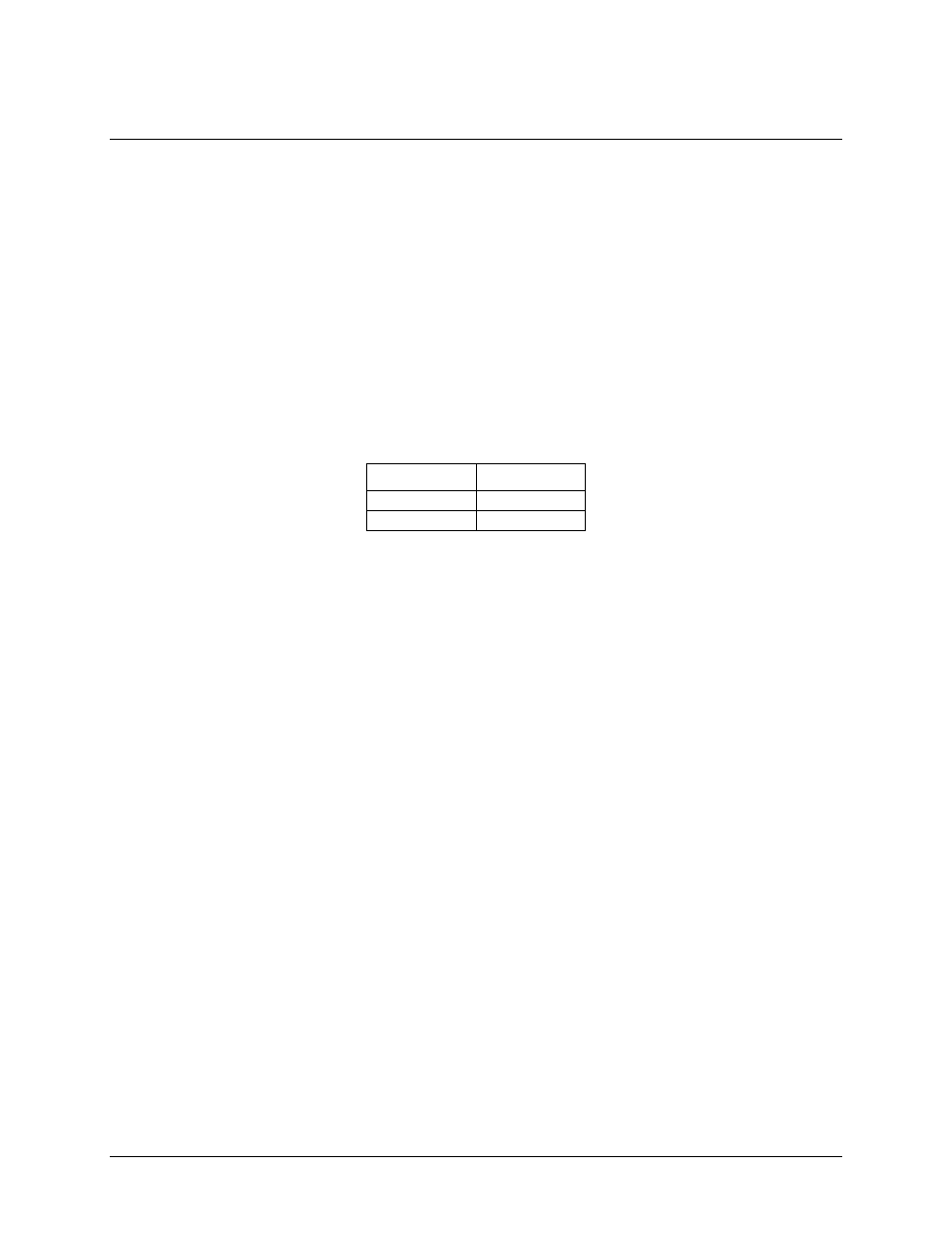Functional details, Analog resolution & range, Conversion speed and amplification – Measurement Computing PC-CARD-DAS16/330 User Manual
Page 17: Factors affecting conversion speed

Chapter 4
Functional Details
The PC-CARD-DAS16/330 provides the following features:
16 single-ended analog inputs
8 bits of digital I/O in two four-bit ports
Resettable fuse
50-pin I/O connector
Analog resolution & range
The 12-bit A/D converter provides a resolution of 1/4096 parts of full scale. The smallest reading of full scale
(1 part in 4096) is called a Least Significant Bit (LSB). Accuracy is specified in LSBs. Two bipolar ranges are
fully controlled by software:
Analog input ranges
Bipolar 1
LSB
±10 V
4.88 mV
±5 V
2.44 mV
The input range is controlled by a programmable amplifier.
Conversion speed and amplification
The A/D converter and sample & hold circuit captures and digitizes a signal in 3
µs. The time required to
complete an A/D conversion remains constant in all conditions and at all throughput rates. For example, when
you request a sample rate of 20 kHz, the A/D converter still converts the signal in 3
µs. The 20 kHz rate comes
from the fact that conversions are being initiated only every 50
µs.
Factors affecting conversion speed
There are two factors which may limit the conversion speed:
A/D converter
- A 3
µs conversion speed translates to a maximum throughput of 330 kHz.
Analog front end
- The front end consists of a multiplexer and a programmable gain amplifier. The speed
at which these circuits can switch can also limit the throughput of the A/D board. Throughput is defined as
the rate at which the A/D converter can acquire, convert and transfer a signal with full accuracy. Accuracy
is the key term - the A/D can always run at full speed, but the front end must settle before a true, accurate
signal can be captured.
17
